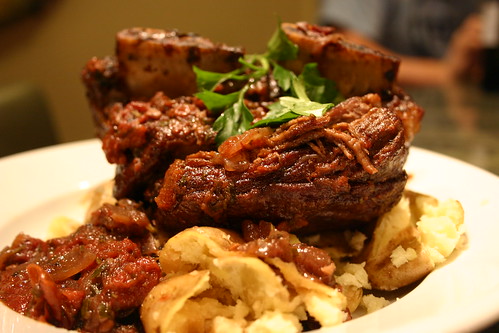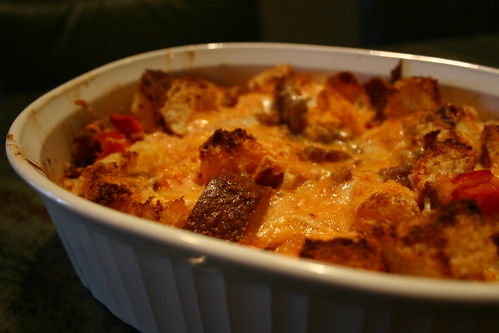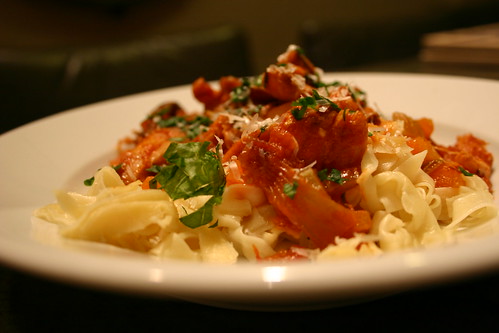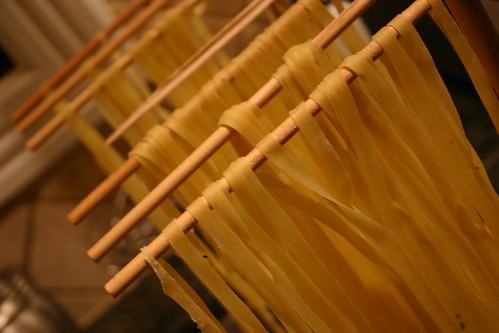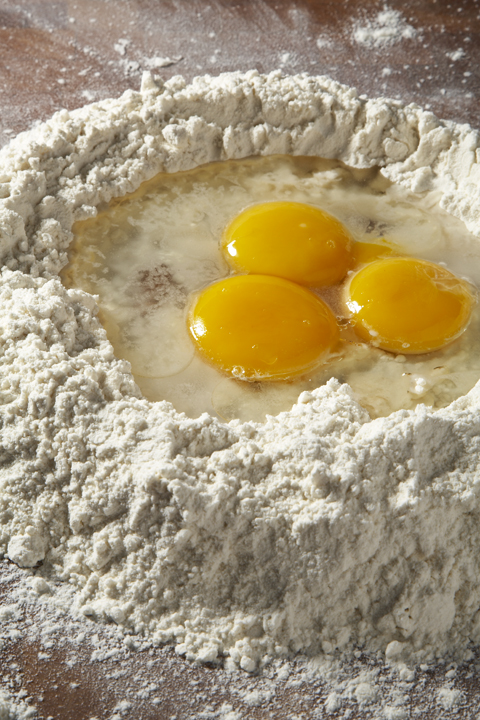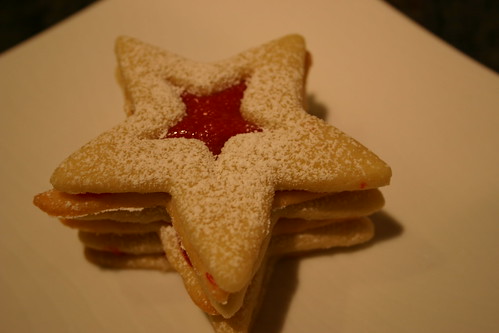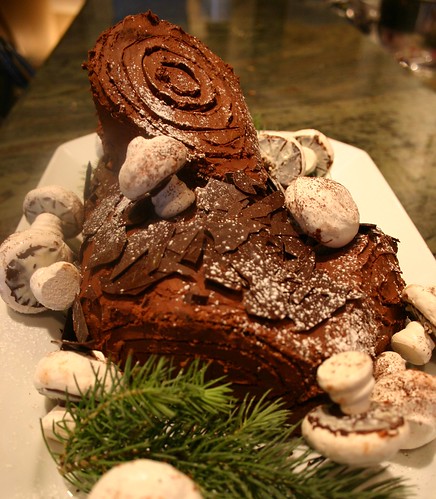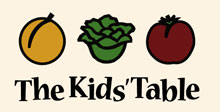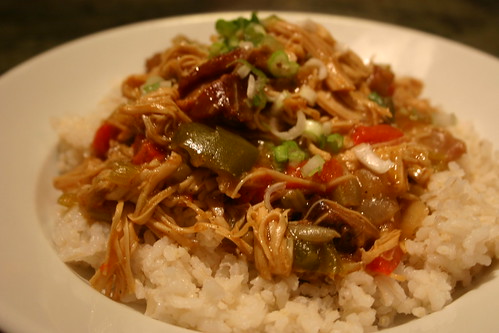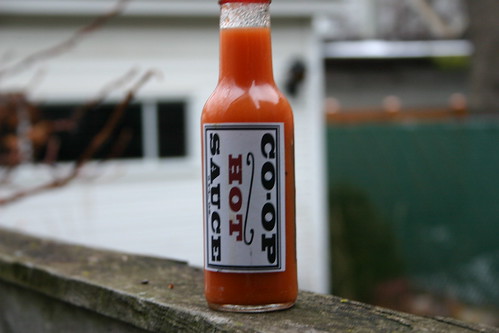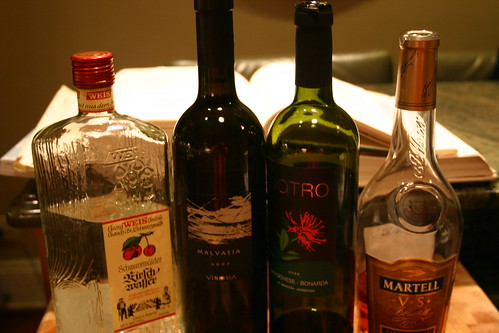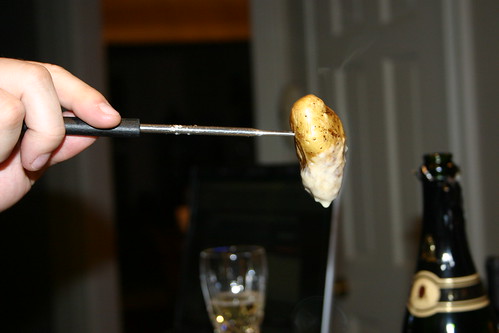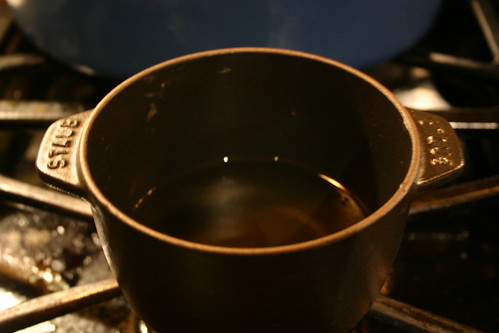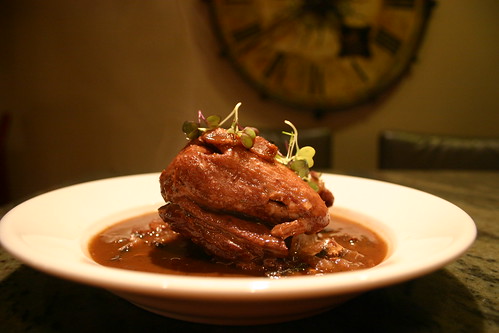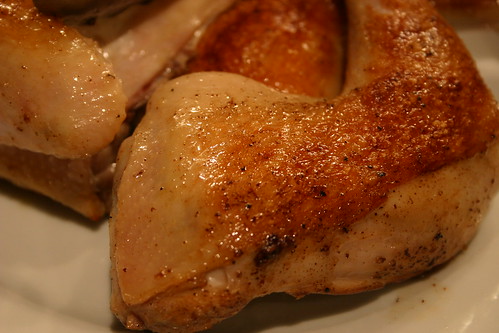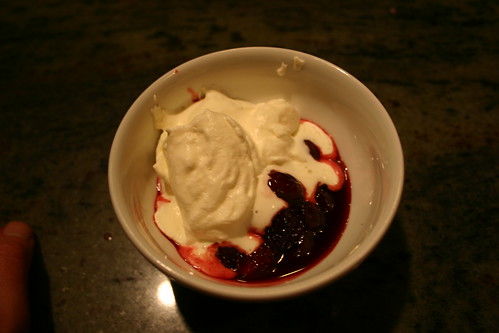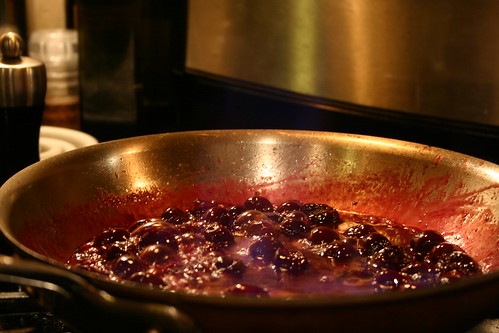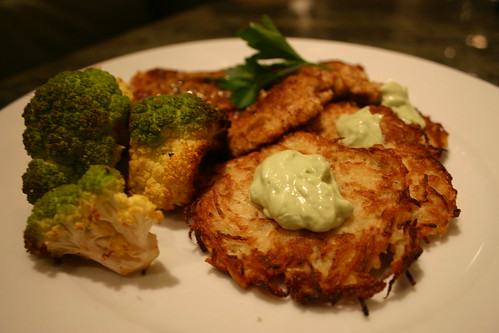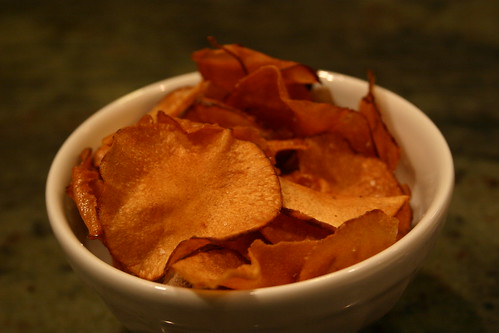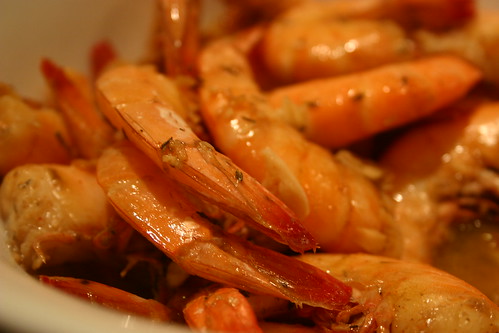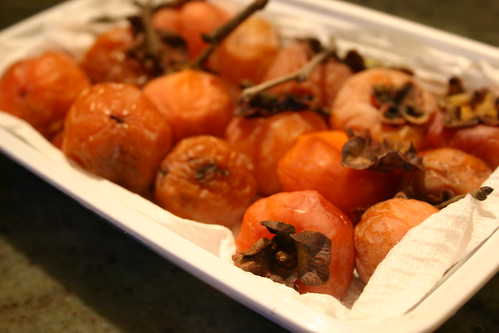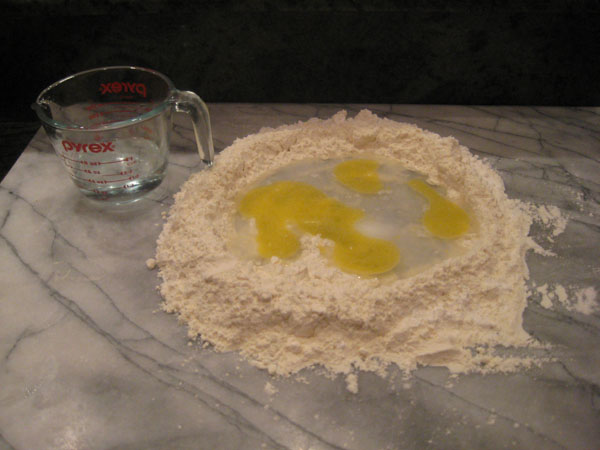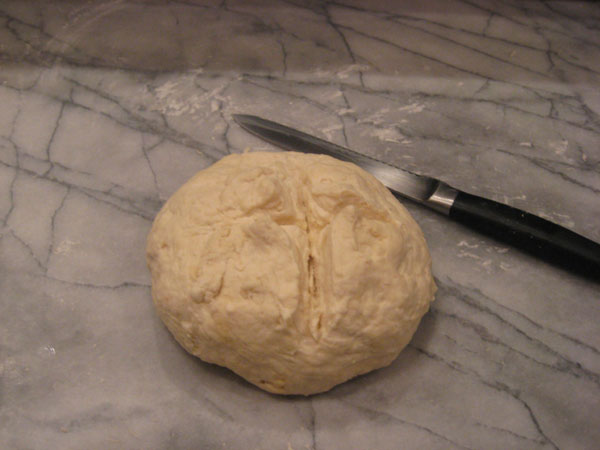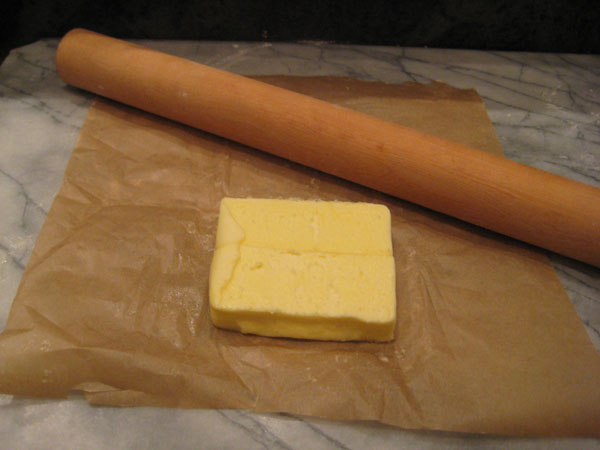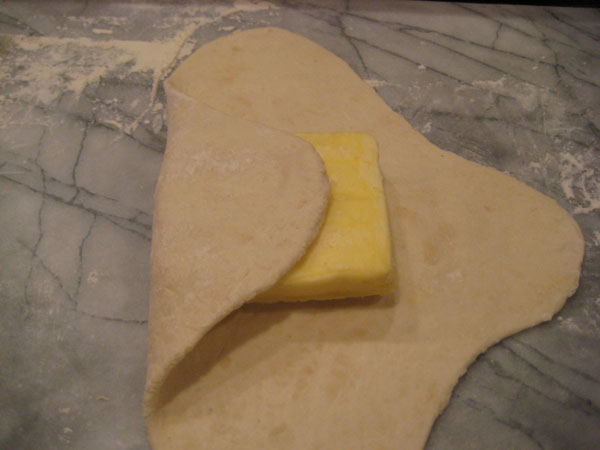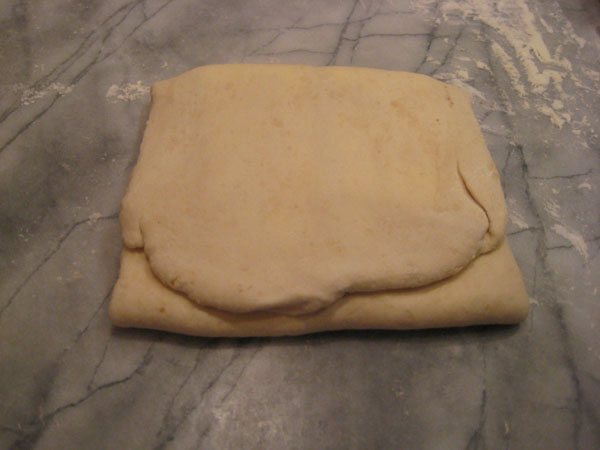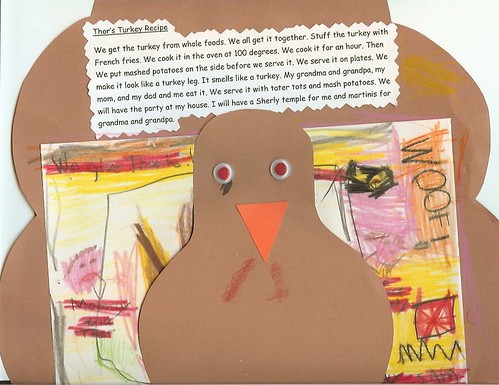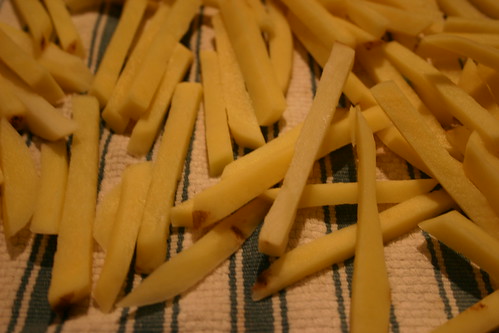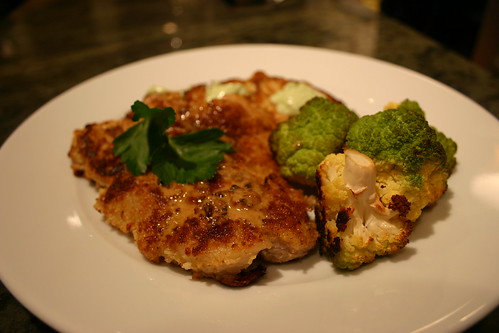
Photo Credit: iStock Photo
It all started with a plastic bear, one almost identical to those at which honey aficionados scoff. This bear, however, did not reside on a shelf in some American grocery store, but instead in a quintessential Parisian shop, pristine and stylish.
Until this time, honey never did much for me – I had only tried the clover varietal, which was okay, certainly nothing to go all Pooh-bear about. Nevertheless, the shop was on my to-try list because my guidebook listed it as one of the Paris food institutions one had to go. And I, a dutiful foodie, did my part and purchased one small bear to try later.
When I returned to Chicago and unloaded all of my goodies, the bear was set aside. Sea salts, vinegars and mustards were far more interesting to me. But then one morning, I opened a jar of moldy jam. Having already toasted and buttered my bread, I reached for that little bear. Squeezing it onto the bread, I immediately noticed something different. The plastic had made the liquid seem darker, but in actuality it was flaxen colored, like liquid sunshine. Its aroma was floral, redolent of stone fruits, peaches in particular. How did it taste? Suffice to say, I have since become one of those honey aficionados who would scoff at plastic bears.
Not to be indelicate, but it could be said that honey is bee barf. To produce honey, honey bees travel flower to flower gathering the sweet nectar in their mouths, which is then saved in a special stomach called the “honey sac”. After the bees have filled these honey sacs, which may take visits to hundreds of flowers, they return to hive and transfer the nectar through their mouths, changing it from nectar into honey. The honey is stored in hexagonal wax cells, i.e. honey comb. Once stored, it is ready to eat for bees, for bears and yes for humans.
The first honey eaten was foraged from wild bees. The earliest recorded evidence of beekeeping is found in ancient Egyptian paintings dating from about 2500 B.C. The oldest form of beekeeping involved baiting bees by putting a bit of honey in the bottom of a pot or into a hollow log. Once captured, the bees would remain to produce honey. In 1852, Reverend L.L. Langstroth (hero to honey lovers across the globe) revolutionized beekeeping by creating movable frames with a “bee space” that discouraged the bees from gluing the comb solidly to the walls allowing multiple racks of bees working to make honey simultaneously.
The majority of beekeepers are amateurs who manage less than 25 colonies. There are an estimated 1,600 commercial beekeepers that manage more than 300 bee colonies each. Honey is harvested in late Spring to early Fall. To remove the honey, beekeepers will anaesthetize the bees often by smoke and remove the comb. They then scrape off the wax caps and often centrifugal force is used spin the comb to remove the honey. The honey may then be filtered and transferred to jars, ready for consumption.
Back to the bear, most of the honey that fills these plastic animals is commercially produced, heat processed and blended to create a consistent product year in and year out. Varietal honey, on the other hand, is a natural product with natural variations. Good varietal honey has been handled as little as possible to preserve the flavors. On the subject of flavors, these can vary depending upon the harvest date. When a honey specifies a particular flower (lavender, rosemary, chestnut, acacia), the bees have been given access to a particular nectar source. While there is no guarantee that the honey will have been produced from only a single nectar source, the bees do tend to exhaust a single source before moving on to another. The texture of varietal honey varies with the different levels of dextrose and fructose, honey’s dominant ingredients. Dextrose crystallizes more rapidly than fructose and thus honey with more dextrose will be more granular.
When honey bees collect the nectar from the flowers, pollen sticks to their legs. When landing on new flowers to get additional nectar, they transfer this pollen. Pollination fertilizes the plants enabling them to bear fruit. The USDA estimates that at least one-third of our diets are derived from insect-pollinated plants, for which bees are responsible for at least eighty percent. So we humans need bees. As anyone who has seen Bee Movie knows what would happen if the bees stopped working. While I don’t think that we need to worry about litigious bees, we should be concerned about the phenomenon called colony collapse disorder. Since 2006, hundreds of thousands of honeybee colonies in the U.S. have died out. The value of pollination is valued at $14.6 billion dollars a year, so we clearly need to be worried about the new trend in bee-world. It’s not clear what’s causing this dire circumstance, whether new pesticides, disease or predators, but it definitely merits additional investigation as bees are not just crucial to honey lovers, but to our agricultural future. Two non-profits that are working with state and federal agencies to create agricultural policies that will protect our honeybees are Xerces Society and the North American Pollinator Protection Campaign. For a more delicious way to support the honeybees, buy some Vanilla Honey Bee ice cream from
Haagen Daaz who donates a portion of the proceeds to research on how to combat colony collapse disorder.
As a honey lover, I’ve accumulated quite a collection of honeys over the years. Whenever I travel, I return with honey from that locale. I’ve also spent a small fortune over the years on
Zingerman’s excellent varietal honeys. This collection was the inspiration for this post as I knew that with all of these different varietals, I should probably categorize them to determine how best they would be used. For all the other honey lovers out there, here are my tasting notes and some recipes and ideas of what to do with your honey collection.
HONEY TASTING NOTESTop 5 HoneysFarmstead Honey, Prairie Fruits Farm, Champaign, IL: Floral, herbaceous, delicate in flavor and color, well-balanced. It crystallized within the year.
Wickham’s Honey, Wickham’s Fruit Farm, Cutchogue, NY: Well-rounded with a full mouth feel. There are hints of apple, pear and pumpkin, which would make sense given that I bought this in November as I watched the beekeepers smoke out the bees. Free flowing.
Beeline, Chicago, IL: Peach and vanilla notes. Deeply fragrant. Fairly dark in color. I really wish that Beeline would mark the date of its honey production on the jars as this honey was so different from the other that I tasted (see the mild honeys). This was less crystallized than the other Beeline honey. Beeline is such a cool company as it trains and employs people that face significant barriers to employment, often due to former incarceration.
Coffee Blossom Honey, Big Tree Farms, Java: Crystallized on top with an appearance and texture of brown sugar, which craters into liquid amber. Less sweet at the top of the mouth. This is a very interesting honey that would be better enjoyed alone, with cheese, than with cooking or on toast.
Zambezi Organic Forest Honey, Africa: This is one of the most interesting honeys that I’ve ever tried. After learning of my honey tasting, my assistant David gave me a small sample of his supply. It’s actually smoky. Granular, sweet and smoky with the color of caramel. An outstanding honey.
White Gold, Canada: Thick but slightly pourable. White and fluffy with the texture of Marshmallow Fluff. Berry-like flavor. Excellent on toast.
The Rest:Mild:
Acacia, Langalese, Germany: Clean, sweet, slightly single note – free flowing.
Acacia, Peck, Italy: Similarly clean as the Langalese, but with a greater depth. It has a bit of spiciness that lingers on the back of the tongue. Also, free flowing.
Beeline, Chicago, IL: Spice on top of the mouth with nectarine flavors with well-rounded notes of nutmeg. Highly crystallized.
Wildflower, Ellis Farms, Benton Harbor, MI: Soapy aroma, which carries through a bit to the flavor. Hints of lavender. Good for cooking. Slightly crystallized.
Medium:
Lavender, Portugal: Lovely texture almost an acidic touch on the tongue. Nice flavor. Free flowing.
Burgundy honey, Fauchon, France: Cheese like aroma with a little oaky-ness. Spun gold in color. Caramel hints in flavor. Strong, masculine seeming whereas other honeys seem feminine. Slightly granular.
Blackberry, Branches, Napa Valley, CA: Amber in color, nice texture with crystallized chunks. Definite blackberry in the flavor.
Cranberry, Some Honey, New Lisbon, WI: Tartness on the tongue, good texture, amber in color. A bit of spice that tastes like Autumn. Free flowing.
White Tupelo, Gourmet Honey, Florida: Extremely well-balanced. Not too sweet. No huge flavors, but this would pair well with many things. Free flowing.
Fireweed, Gourmet Honey: Similar to the White Tupelo but with a bit of added oomph.
Chestnut, Hillside Farms, Berrien Springs, MI: Light in color, with no distinctive flavor. Very different from the Italian chestnut honey.
Finest Scottish Heather Honey with Glendronach Malt: Grainy on the tongue, mild sweetness. A little oaky.
Strong:
Umbrian Chestnut, Italy. Acquired taste, barnyard aroma and flavor. This could be paired with unctuous, stinky cheese.
Provencal Forest Honey, France: Hauntingly good. Thick viscosity with the appearance of golden syrup. It gave me a sense of Christmas. Woody aroma.
Mango Blossom, Big Tree Farms, Java: Very viscous, deep dark in color, fruity, mild in flavor, but with interest.
Buckwheat, Some Honey, New Lisbon, WI: Looks like molasses, smells like dirt. Good rich caramel flavor. Slight barnyard taste on the front that yields into warmth and herbaciousness.
Tulip Poplar, Coco Rouge: Caramel in color and flavor. Grainy on the tongue. Would be a good cooking honey.
I love to cook with honey and do so in two ways and here are a few recipes that highlight the beauty of varietal honeys as well as those that complement the other flavors in a recipe.
Tartlets of Brie & Pear Drizzled with Honey
Makes 15
I like this best with a delicate honey such as Prairie Fruits Farmstead Honey, Wickham’s Honey or one of the milder honeys.
INGREDIENTS:
1 package filo tartlets, baked according to the manufacturer’s directions
8 ounces brie or other triple crème cheese at room temperature, sliced into bite-size pieces
½ pear, sliced ¼-inch thick, each slice cut into bite-size pieces
2 tablespoons honey, preferably a mild yet flavorful honey such as the Prairie Fruits Farmstead Honey or Wickham Honey
METHODS: Put one piece of cheese and one piece of pear in each tart shell. Drizzle with honey.
Honey Roasted Carrots & Parsnips
For 4 servings
This recipe is best made with one of the milder honeys.
INGREDIENTS:
2 carrots
2 parsnips
2 tablespoons unsalted butter
2 teaspoons honey
¼ teaspoon kosher salt
Freshly ground pepper to taste
METHODS: Preheat oven to 350 F. Peel and cut the carrots and parsnips into 2-inch sticks. Put the vegetables into a small ceramic or glass baking dish. Cut the butter into small pieces and drizzle with honey. Bake for 45 minutes or until tender.
DO-AHEAD NOTES: You can cut the carrots and parsnips earlier in the day, mix them in the baking dish with the remaining ingredients and refrigerate.
Honey Ice Cream
Serves 6
This is a wonderful way to highlight a varietal honey, just use your favorite. It’s a great alternative to vanilla. I’ve adapted it from a recipe from Le Cordon Bleu at Home.
INGREDIENTS:
1 cup whole milk
½ cup heavy cream
3 large egg yolks
¼ cup granulated sugar plus 2 tablespoons
2 tablespoons honey
Pinch kosher salt
METHODS: Combine the milk and cream bring to a simmer over medium heat. In the meantime, whisk together egg yolks and sugar and honey. Remove the milk/cream mixture from the heat and add a little to the egg yolk mixture while whisking constantly to temper it. Add the tempered yolk mix to the hot milk mixture while whisking constantly. Cook over low heat, stirring constantly, until the mixture coats the back of a spoon distinctly (approximately 5 minutes). Once thickened, immediately pour throw a fine mesh strainer into a bowl. Cover with plastic wrap touching it to the surface of the custard to prevent a skin from forming. Let it cool to room temperature and then chill until thoroughly cold (approximately 4 hours). Freeze in an ice cream maker according to the manufacturer’s directions. Put the completed ice cream in a shallow container and freeze until firm.
ResourcesChristopher, Tom, “Busy Bees,” Martha Stewart Living (June 2008).
Davidson, Alan, The Oxford Companion to Food (1999).
National Honey Board, “A Sweet Story: The Making of Honey” (02/07).
Weinzweig, Ari, Zingerman’s Guide to Good Eating (2003).
Photo Credit iStockphoto.com



